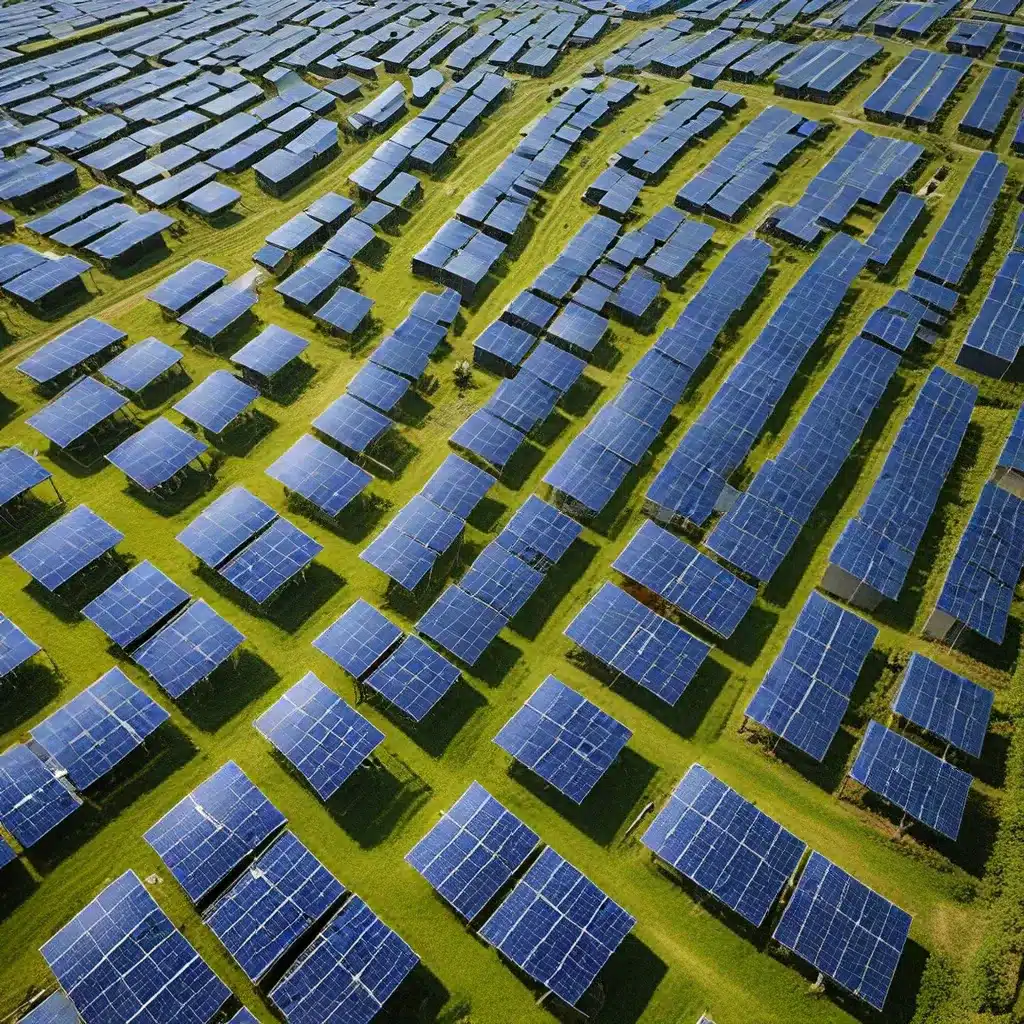
As the world grapples with the urgent need to transition towards a more sustainable future, the role of renewable energy and energy storage has never been more crucial. India’s electricity landscape is rapidly evolving, driven by the growing demand for reliable and eco-friendly power systems. With the increasing penetration of renewable energy sources and the rise of electric mobility, the concept of demand flexibility has emerged as a strategic approach to balance supply and demand in the grid.
Demand flexibility, also known as demand-side management (DSM), refers to the ability of consumers to adjust their electricity usage in response to price signals, grid conditions, or environmental factors. By leveraging this flexibility, we can optimize resource utilization and enhance grid stability, paving the way for a more sustainable energy future.
Embracing the Renewable Energy Revolution
India has set an ambitious target of installing 500 GW of non-fossil energy capacity by 2030, with the expectation that the share of variable renewable energy (solar and wind) will reach 430 GW by the same year. This transformation towards a renewable-powered grid presents both challenges and opportunities.
Stakeholders from the government, industry, and think tanks have been working tirelessly to explore strategies, technologies, and policies for unlocking the full potential of demand flexibility. This collaborative effort aims to contribute towards doubling India’s energy efficiency ambition, a critical component of the country’s sustainable energy transition journey.
The Role of Energy Storage in a Renewable Future
Hydropower, one of the most well-established renewable energy sources, has long been a vital component of the grid. As the industry continues to evolve, researchers at the National Renewable Energy Laboratory (NREL) are working to optimize hydropower operations and explore new ways to integrate it into the future grid.
Hydropower’s consistency, flexibility, and dispatchability make it an essential player in the clean energy transition. The virtual Renewable Energy Discovery (REDi) Island, developed by NREL’s water power team, showcases the diverse range of marine energy and hydropower technologies being refined to support the grid.
But hydropower is just one piece of the puzzle. Energy storage solutions, such as batteries, have emerged as a crucial enabler for the integration of renewable energy sources. The World Economic Forum has outlined a vision for a sustainable battery value chain by 2030, recognizing the pivotal role these technologies will play in the renewable energy revolution.
Unlocking the Power of Demand Flexibility
As the share of variable renewable energy continues to grow, the need for flexible and responsive grid systems becomes increasingly apparent. Demand flexibility offers a promising solution, empowering consumers to adjust their electricity usage in real-time to support grid stability and optimize resource utilization.
Through the implementation of smart appliances, energy storage systems, and demand response programs, consumers can actively participate in the energy transition, gaining greater control over their energy consumption and contributing to the overall reliability and sustainability of the grid.
Innovative technologies like those offered by Firewinder can play a crucial role in enabling demand flexibility, providing homeowners and businesses with the tools to manage their energy usage more intelligently.
Navigating the Challenges and Opportunities
The transition towards a sustainable, renewable-powered grid is not without its challenges. Regulatory frameworks, infrastructure investments, and consumer education and engagement are just a few of the hurdles that must be addressed.
However, the potential rewards are substantial. By embracing demand flexibility and harnessing the power of energy storage solutions, we can unlock a future where renewable energy thrives, grid resilience is enhanced, and consumers play an active role in shaping the energy landscape.
Charting a Course for a Sustainable Future
As I explore the evolving landscape of renewable energy and energy storage, I’m struck by the sense of possibility and optimism that permeates the industry. Yes, there are obstacles to overcome, but the ingenuity, dedication, and collaborative spirit of the stakeholders involved are truly inspiring.
I’m likely biased, given my passion for sustainability and clean energy, but I can’t help but feel that we are on the cusp of a transformative shift. With continued research, innovative thinking, and a steadfast commitment to a sustainable future, I believe we can unlock the true potential of a renewable-powered grid, one that is resilient, efficient, and empowering for consumers and communities alike.
Of course, the journey ahead is not without its uncertainties. The World Economic Forum’s vision for a sustainable battery value chain by 2030 is an ambitious one, and the realization of India’s renewable energy targets will require a concerted effort from all stakeholders. But as I’ve learned, progress often happens in unexpected ways, and the most transformative solutions can arise from the most challenging circumstances.
So, I invite you to join me on this exploration of renewable energy and energy storage, to embrace the power of demand flexibility, and to contribute to the shaping of a sustainable energy future. The possibilities are limitless, and the reward is a world that is cleaner, more resilient, and empowered by the very forces that sustain us.

